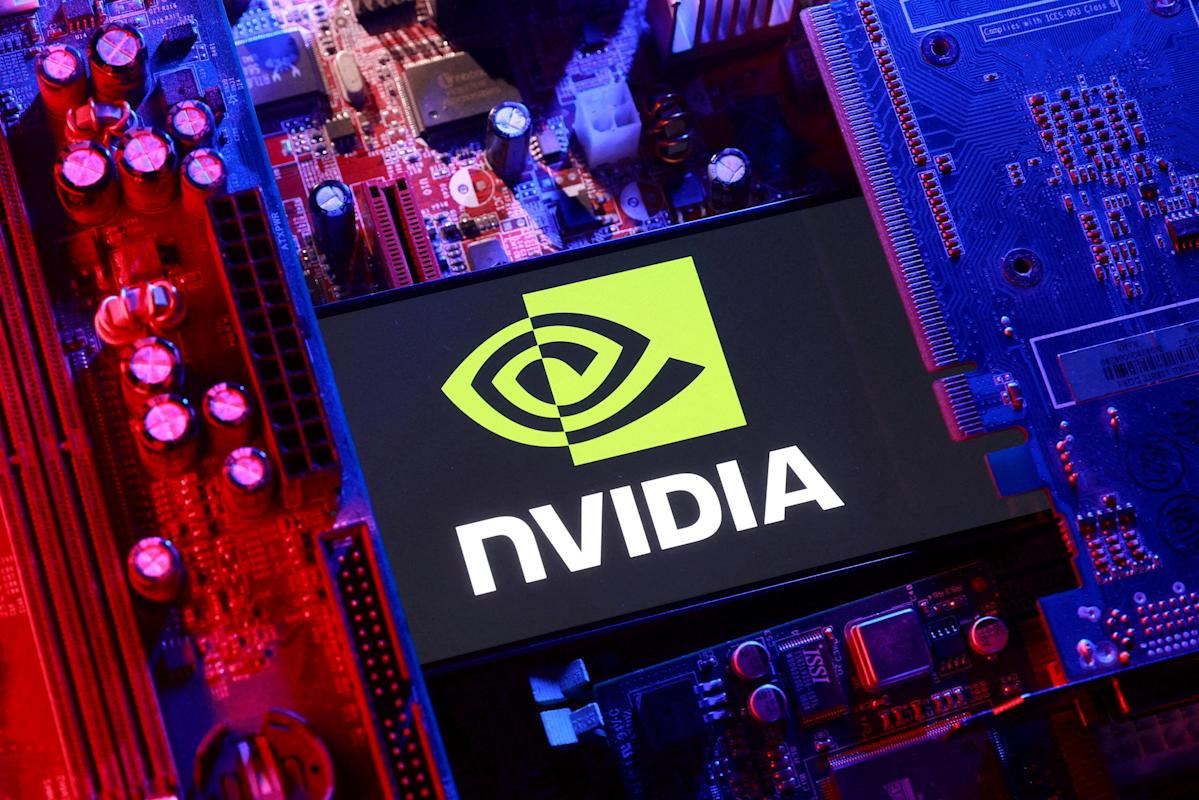Are Magnificent 7 stocks overpriced? Here are alternatives.
If you know anything about stocks, you’ve probably heard of the Magnificent Seven.
Seven tech giants – Amazon, Apple, Alphabet (Google), Meta, Microsoft, Nvidia and Tesla – have driven massive gains on Wall Street over the past decade, collectively earning an eye-popping 698% between 2015 and 2024, according to The Motley Fool. The S&P 500 as a whole returned a comparatively modest 178% in those years.
If you own shares of any broad index fund that tracks large American companies, you probably own shares of the Magnificent Seven.
In 2015, the Magnificent Seven made up 12% of the total market value of the S&P 500. In 2025, the seven companies account for 34% of that value.
Anyone who has owned Magnificent Seven stock over those years has reason to rejoice. They are the toast of Wall Street.
“The Magnificent Seven are heroes,” said Jim Cramer, a CNBC stock-market pundit, in a Sept. 15 broadcast. “And I’m not going to tell you to sell heroes, unless something changes that makes them feel a lot less heroic.”
Why would anyone consider selling a stake in the Magnificent Seven?
Here are some reasons.
First of all, market forecasts suggest the Magnificent Seven are overpriced.
Economists measure the value of a stock by a formula called cyclically adjusted price-to-earnings ratio, or CAPE ratio. It measures a stock’s price against corporate earnings. It tells you, in effect, whether the stock is overvalued or undervalued.
Right now, the CAPE ratio for the S&P 500 stands at 39.7. That means stock prices are very expensive, relative to earnings.
Forecasters point to two prior moments when the CAPE Ratio ran high. One was in 1929. The other was in 1999. In the decades that followed those peaks, the stock market plummeted.
Most of the Magnificent Seven stocks have higher price-to-earnings ratios than the S&P 500 as a whole, according to another Motley Fool analysis.
That means Magnificent Seven stocks are historically overvalued.
Based on that premise, Vanguard projects that U.S. growth stocks, a category the Magnificent Seven dominate, will rise by only 1.9% to 3.9% annually over the next decade.
Despite the red flags, investors are still scooping up Magnificent Seven stocks. Nvidia stock is up 28% on the year, as of Sept. 18. Meta is up 31%. Alphabet is up 32%.
“I own them. I love them. I’m going to keep holding them for the next 10 years. That’s what I do,” said David Gardner, co-founder of Motley Fool.
Motley Fool includes two of the Seven, Alphabet and Amazon, on its current list of 10 Top Stocks to Buy and Hold.
The Magnificent Seven have plenty of upsides. They are some of the most successful companies in history, lauded for technological innovation, global reach and brand recognition, strong revenue and earnings, and diverse operations that can adapt to changing market conditions.
“Here you’re talking about concentration in seven of the most profitable, most diversified companies in the world,” said Jonathan Swanburg, a certified financial planner in Houston.
Whatever your opinion about the Magnificent Seven, if you are an index-fund investor, you may own more of the stocks than you realize.
“The first step would be to understand just how much exposure you have to them,” said Andrew Patterson, head of active research at Vanguard.
The runaway success of the Seven has reshaped the stock market, with the Magnificent Seven at its core.
If you have $1,000 invested in a typical S&P index fund, roughly $340 of that money is tied up in the Magnificent Seven.
Nvidia, Microsoft and Apple, alone, make up more than 20% of the value of the typical S&P index fund, and nearly 20% of the typical “total stock market” index fund.
As a rule, market concentration is considered a bad thing. Investors are urged to diversify: not to hold only stocks, and not to hold too much of any one stock.
Because of the massive gains by Magnificent Seven stocks, many everyday investors now own more of those stocks – and more stocks in general – than they intended.
An investor who started out with a 60-40 mix of stocks and bonds may now own a 70-30 mix: The stocks have outperformed the bonds.
Whether you own too much Magnificent Seven stock, or too much stock in general, depends on your tolerance for risk and how far you are from retirement, among other factors, Patterson said.
A potential solution is rebalancing: Invest in other asset classes. Maybe even sell some of your Magnificent Seven stock.
To avoid market concentration and overpriced stocks, forecasters say, here are some other investments to consider:
-
Value stocks. A value stock is a good deal, basically, trading at a relatively low price relative to corporate sales, earnings and dividends. Vanguard expects value stocks to rise by 5.8% to 7.8% a year over the next decade.
-
Small-cap stocks. One way to skirt the Magnificent Seven is to invest in small-cap stocks, which are shares in smaller companies. Vanguard predicts small-cap stocks will rise 5% to 7% annually over the next 10 years.
-
Non-U.S. stocks. Some analysts consider foreign stocks a better deal than U.S. stocks, because they are not so overvalued. Morningstar projects non-U.S. stocks in developed markets will rise 8.1% annually over the next 10 years.
-
Bonds. Bonds are supposed to provide a hedge against stocks. Vanguard projects annual returns of 4.7% to 5.7% in the next decade for U.S. high-yield corporate bonds, and 4% to 5% for U.S. bonds overall.
This article originally appeared on USA TODAY: Are Magnificent 7 stocks overpriced? Consider these alternatives.



Leave a Comment
Your email address will not be published. Required fields are marked *